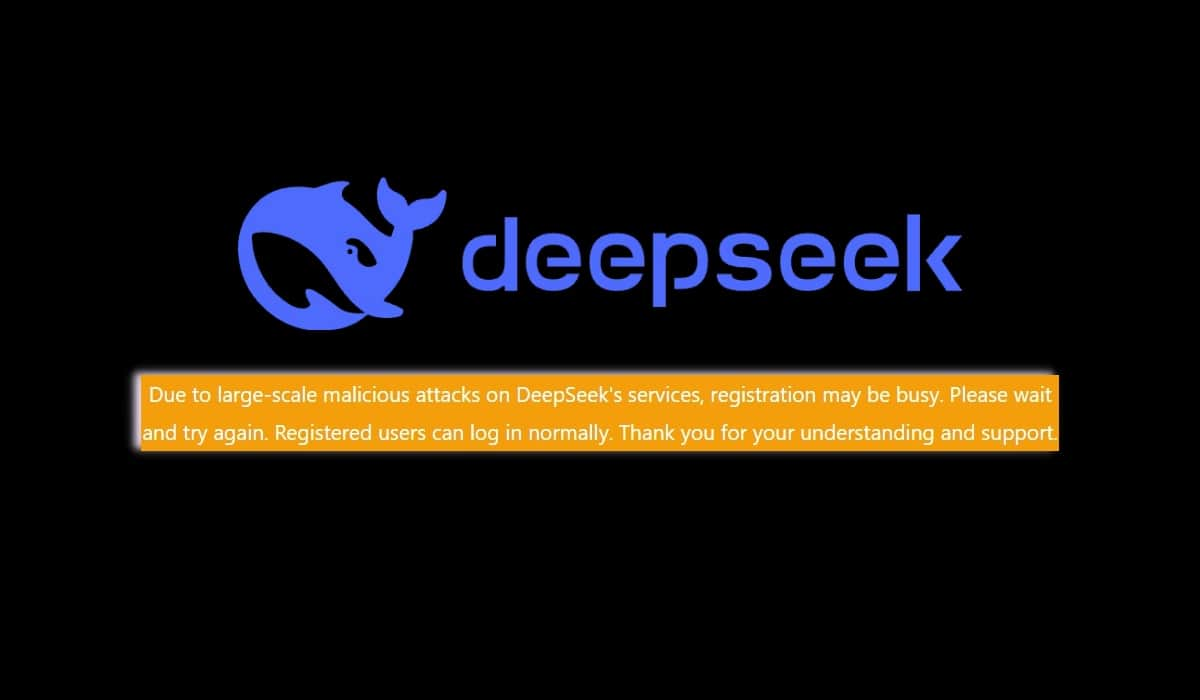
In a disturbing trend that highlights the dark side of technological advancement, regulatory bodies and watchdogs are sounding the alarm over an exponential increase in child sexual abuse material (CSAM) generated by artificial intelligence. According to reports emerging from various sources, including the Internet Watch Foundation (IWF), this year has seen a significant spike in such illicit content, marking a ‘tipping point’ in the fight against digital child exploitation.
The IWF has reported that in just the past six months, there has been a 6% increase in confirmed reports of AI-generated CSAM compared to the previous year, showcasing not just an increase in volume but also in sophistication. These AI-generated images and videos are becoming so realistic that distinguishing them from real content has become a daunting challenge for law enforcement and content moderators alike.
-
Public Accessibility: Shockingly, 99% of this content is found on publicly accessible parts of the internet, not hidden in the dark web as one might expect, making it alarmingly easy for anyone to stumble upon.
-
Legal and Ethical Concerns: The creation, distribution, and possession of such material are illegal under various jurisdictions, including UK law, where even AI-generated images are treated with the same severity as traditional CSAM. The FBI has also issued warnings about the illegality of this content, emphasizing that federal laws apply to AI-generated imagery as well.
-
Global Response: The issue has caught the attention of international bodies, with the European Union contemplating regulations like the proposed Child Sexual Abuse Regulation (CSAR), aimed at creating mechanisms for detecting and reporting CSAM. However, this has sparked debates over privacy versus protection, with concerns over general surveillance of communications.
-
Challenges Ahead: The rapid evolution of generative AI technologies poses significant challenges for existing detection and prevention systems. Traditional methods like hash databases of known CSAM are less effective against new, AI-generated content that hasn’t been cataloged before.
This situation calls for an urgent, multifaceted approach involving technology firms, law enforcement, policymakers, and international cooperation to curb this alarming trend. While technology has provided tools to fight such abuses, it has equally empowered those with nefarious intentions, creating a cat-and-mouse game where the stakes are the safety and innocence of children.
As society grapples with these developments, the conversation around digital ethics, AI governance, and child protection online becomes ever more critical. The regulatory bodies urge for immediate action, enhanced technological solutions, and perhaps most importantly, a societal shift towards greater awareness and prevention of digital child exploitation.
For now, the fight against AI-generated CSAM continues to evolve, with hope resting on combined efforts of innovation in detection technologies, stringent law enforcement, and global legislative frameworks to protect the most vulnerable.





